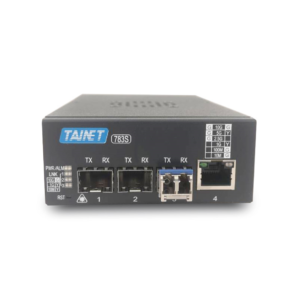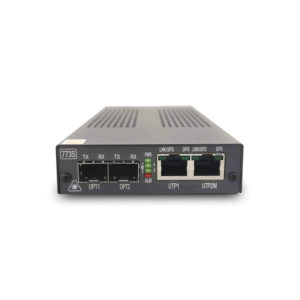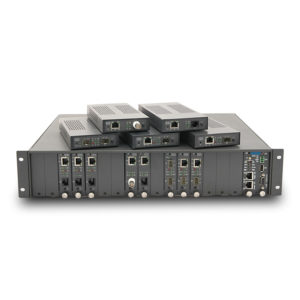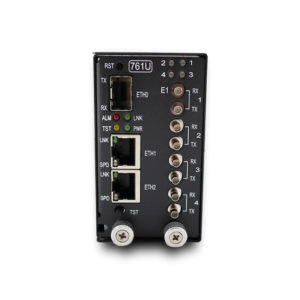5G creates new opportunities
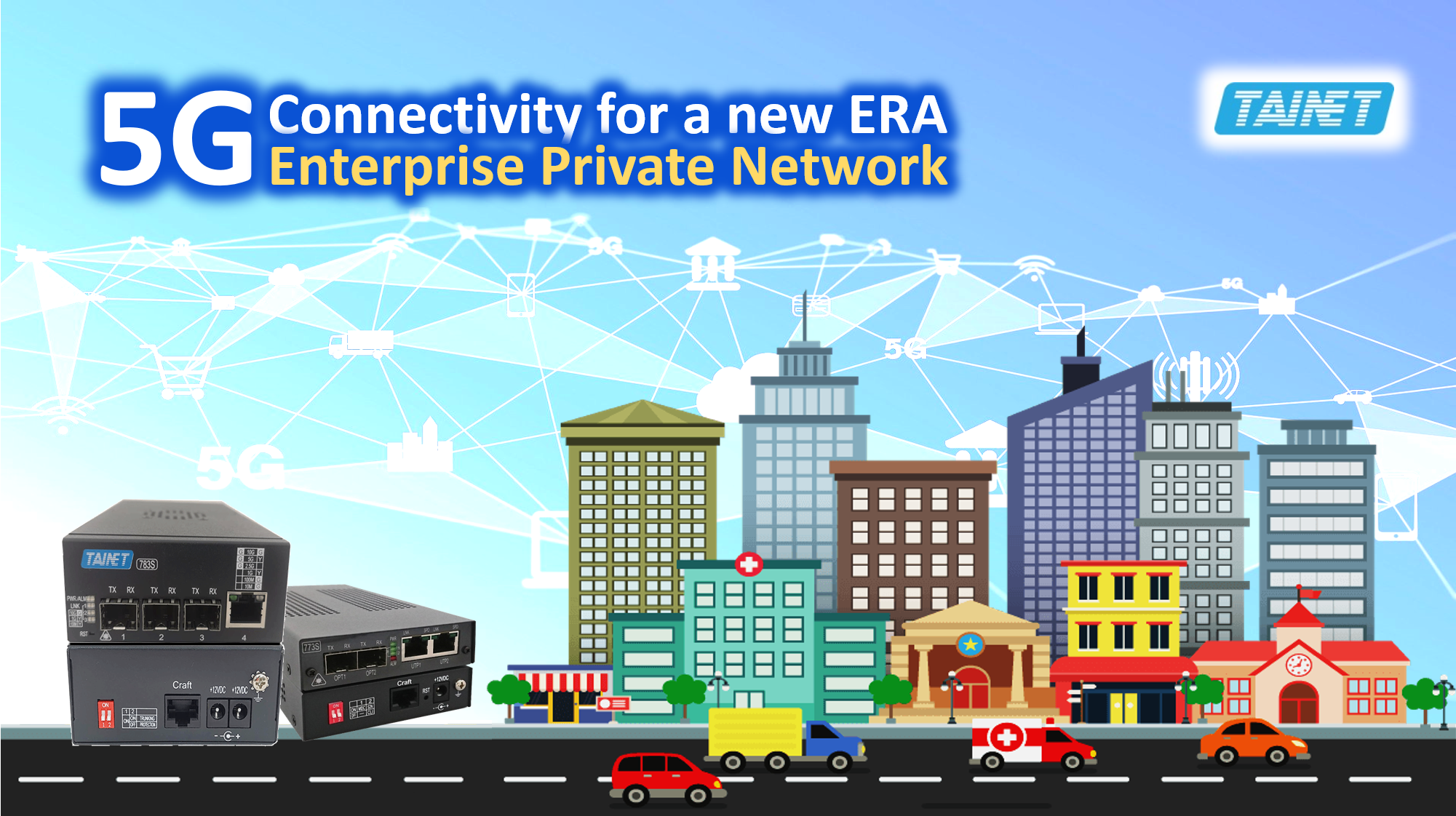
5G Enterprise Private Network, an effective way to improve the competitiveness of the enterprise
The speed of 5G network rivals the broadband network; aside its capability of constructing the network systems between branches rapidly, the enterprise can also utilize the 5G network to build dedicated low latency networks for the transmission of the security sensitive data. The 5G Enterprise Private Network solution is designed for enterprises to have a large bandwidth, low latency, and seamless transmission with high mobility. The applying field includes factories, Science-Based Industrial Park, medical institute, logistics and also the project of police & fire department, port authority, power station, water station and emergency responding system.
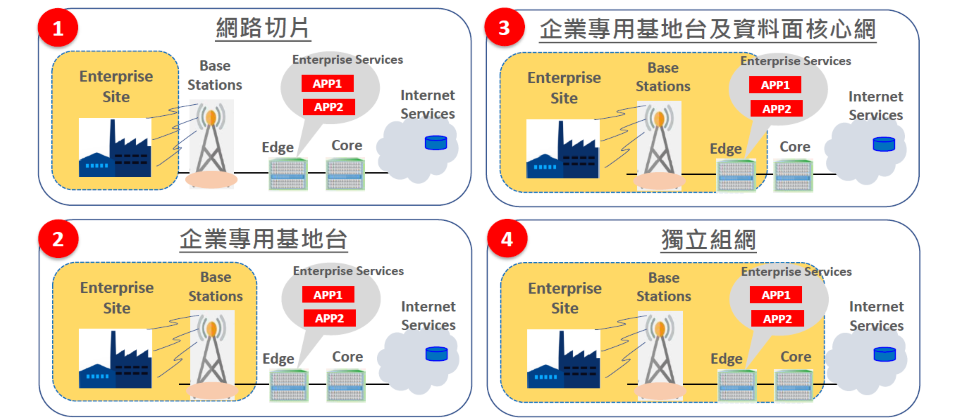
[Source] Far EasTone Telecom《5G Frequency Policy and Industry Development White Paper》
There are four solutions regarding 5G Private Network solution – First is to apply the network slicing technology to separate a slice of the network for the dedicate enterprise logic network, using the technology such as Software Defined Networking and Network Function Virtualization to ensure every slice of network has its own QoS setting, storage and routing setting. The second solution is the enterprise private base station solution, the ISP will deploy the 5G base station to the assigned locations. Having a built 5G network on site is the advantage of this solution. However, to access enterprise services, it still has to connect to the Edge computing and the Core network of the ISP. The third solution is to have the Edge computing deployed at the assigned enterprise sites. By adding the Edge computing, the latency will be improved, but the users still have to access the internet via the ISP Core network. The fourth solution is to build an independent network at the enterprise site, which requires all three of the mentioned equipment. Compared with the second and third solution, this network system is more secure, on the other hand, the cost to build one will be way higher.
With different applying environments, building an enterprise private network may encounter different challenges such as the planning of the base stations and antennas, the signal interfering, the blind spot of the building and the large network demands for the operating devices. Due to the fact that the solution of Enterprise Private Network varies, the application may focus on the equipment or the device. The key of the system will be the quality of the connection, and it will be evaluated by the stability (package lost ratio) and speed (transmission rate)of the services.
When it comes to the evaluation of the 5G Enterprise Private Network system, apart from the mentioned challenges from the planning phase, the idea is to build a customized, unblocked highway for the registered vehicles only. The road will only allow the information to be transmitted internally, and it will be highly isolated to avoid the traffic jam and the security breach. That being said, building a private network may require a great investment in the early stage, and there will be continuous expenses for the maintenance. Thus, choosing a non-major brand product will be a good solution to lower the cost.

